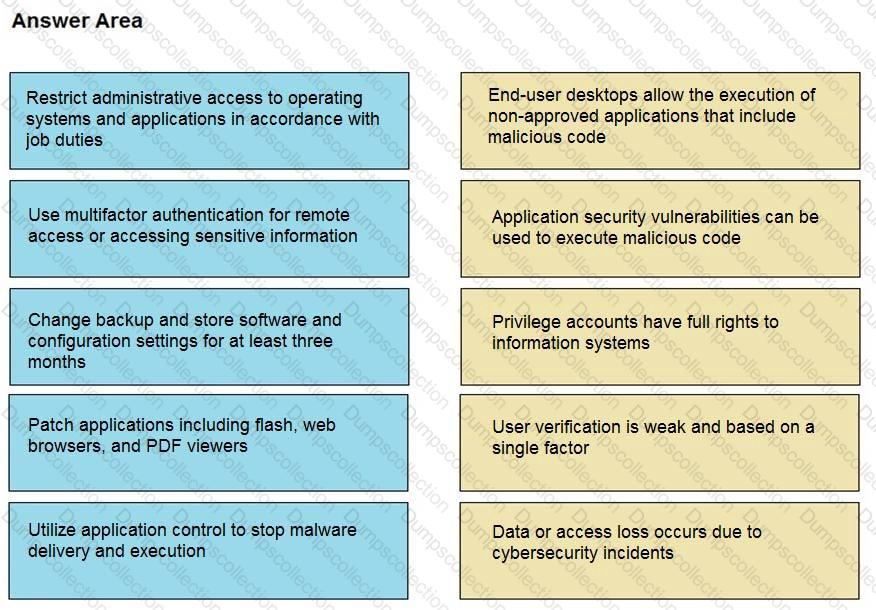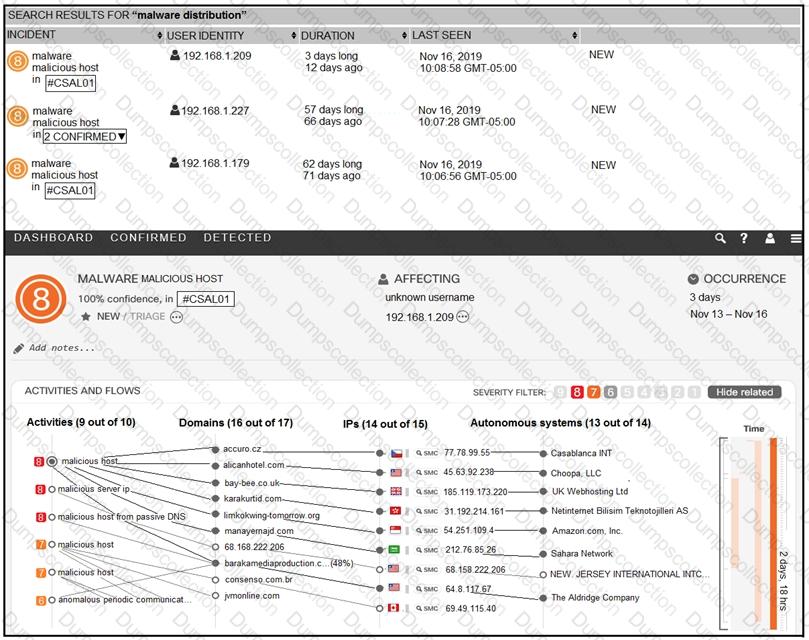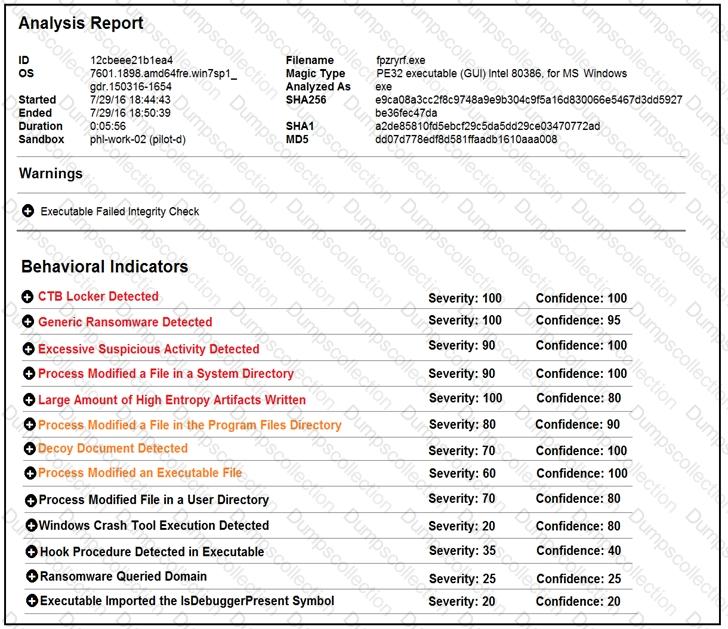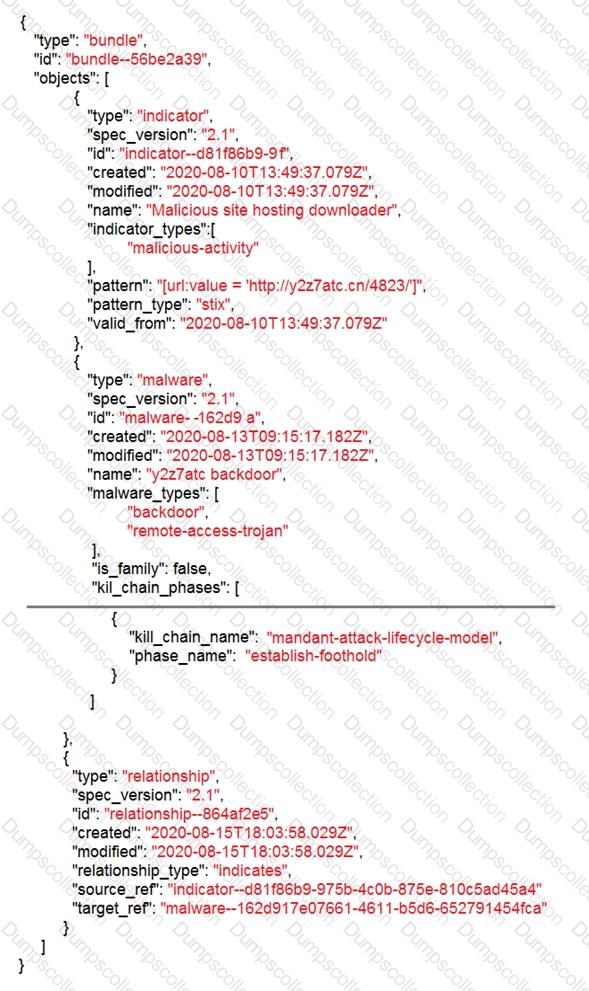Cisco Performing CyberOps Using Core Security Technologies (CBRCOR) 350-201 Exam Dumps: Updated Questions & Answers (December 2025)
Drag and drop the mitigation steps from the left onto the vulnerabilities they mitigate on the right.

Refer to the exhibit.

For IP 192.168.1.209, what are the risk level, activity, and next step?
A SOC analyst detected a ransomware outbreak in the organization coming from a malicious email attachment. Affected parties are notified, and the incident response team is assigned to the case. According to the NIST incident response handbook, what is the next step in handling the incident?
A security analyst receives an escalation regarding an unidentified connection on the Accounting A1 server within a monitored zone. The analyst pulls the logs and discovers that a Powershell process and a WMI tool process were started on the server after the connection was established and that a PE format file was created in the system directory. What is the next step the analyst should take?
Refer to the exhibit.

Cisco Advanced Malware Protection installed on an end-user desktop has automatically submitted a low prevalence file to the Threat Grid analysis engine for further analysis. What should be concluded from this report?
An engineer is developing an application that requires frequent updates to close feedback loops and enable teams to quickly apply patches. The team wants their code updates to get to market as often as possible. Which software development approach should be used to accomplish these goals?
What is a principle of Infrastructure as Code?
An engineer received multiple reports from users trying to access a company website and instead of landing on the website, they are redirected to a malicious website that asks them to fill in sensitive personal data. Which type of attack is occurring?
Refer to the exhibit.

Which indicator of compromise is represented by this STIX?
An engineer implemented a SOAR workflow to detect and respond to incorrect login attempts and anomalous user behavior. Since the implementation, the security team has received dozens of false positive alerts and negative feedback from system administrators and privileged users. Several legitimate users were tagged as a threat and their accounts blocked, or credentials reset because of unexpected login times and incorrectly
typed credentials. How should the workflow be improved to resolve these issues?


